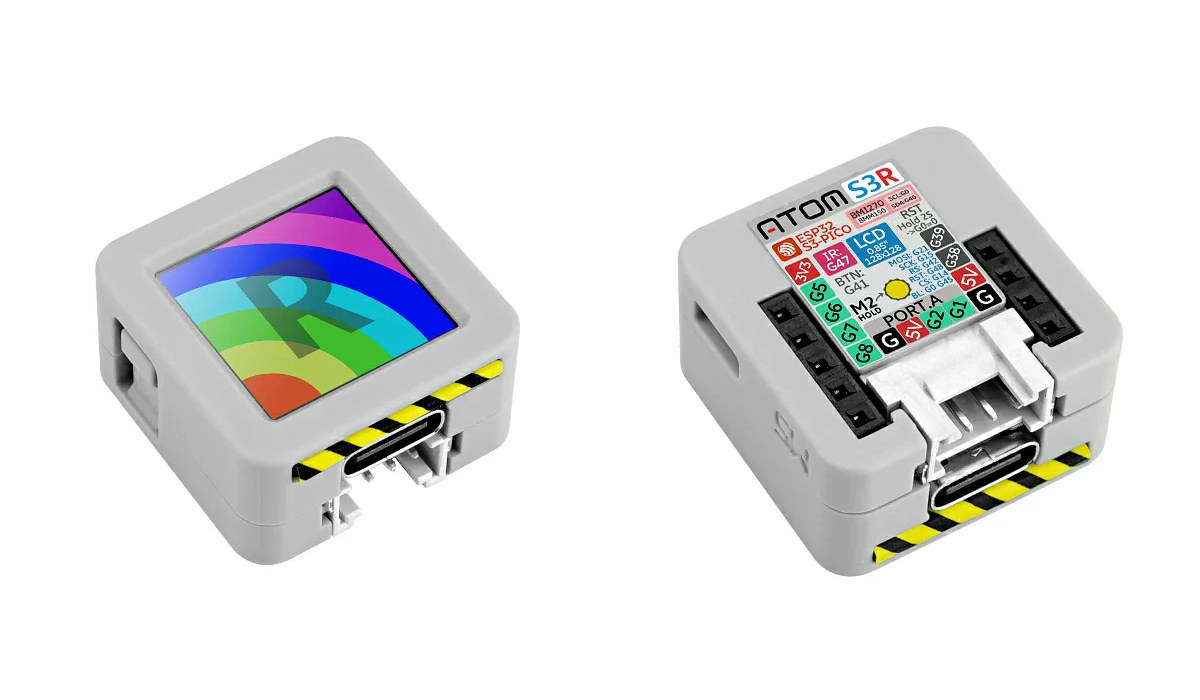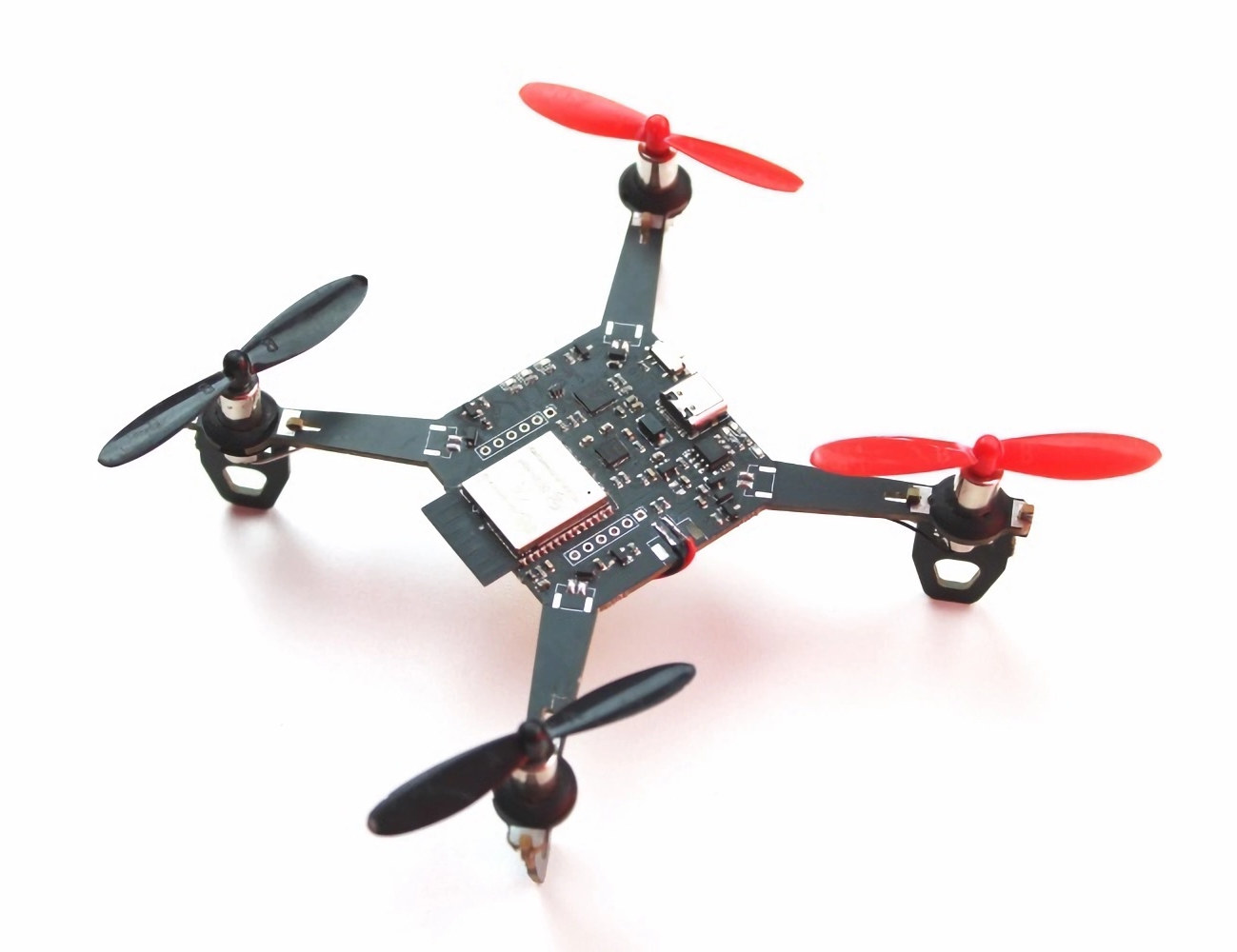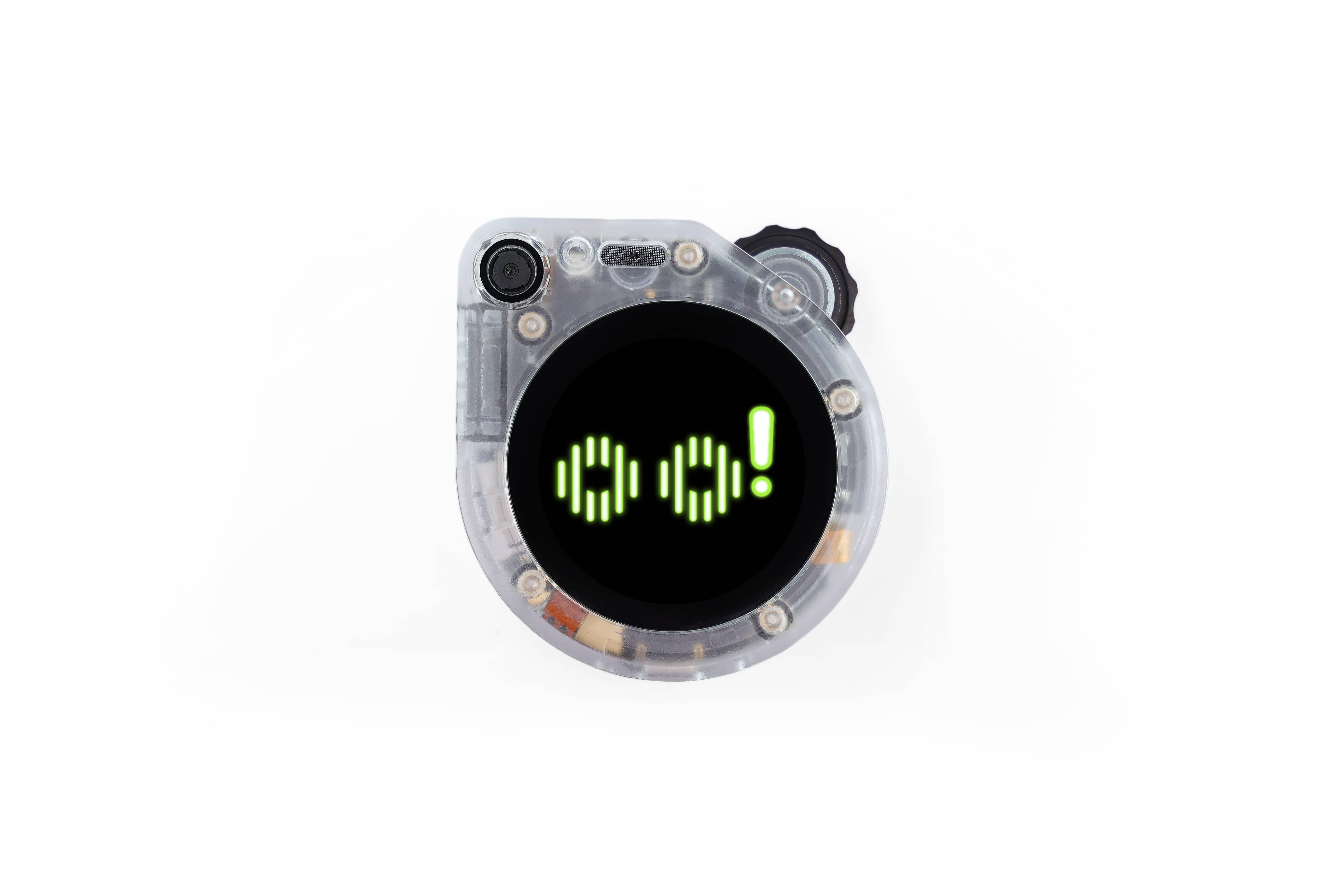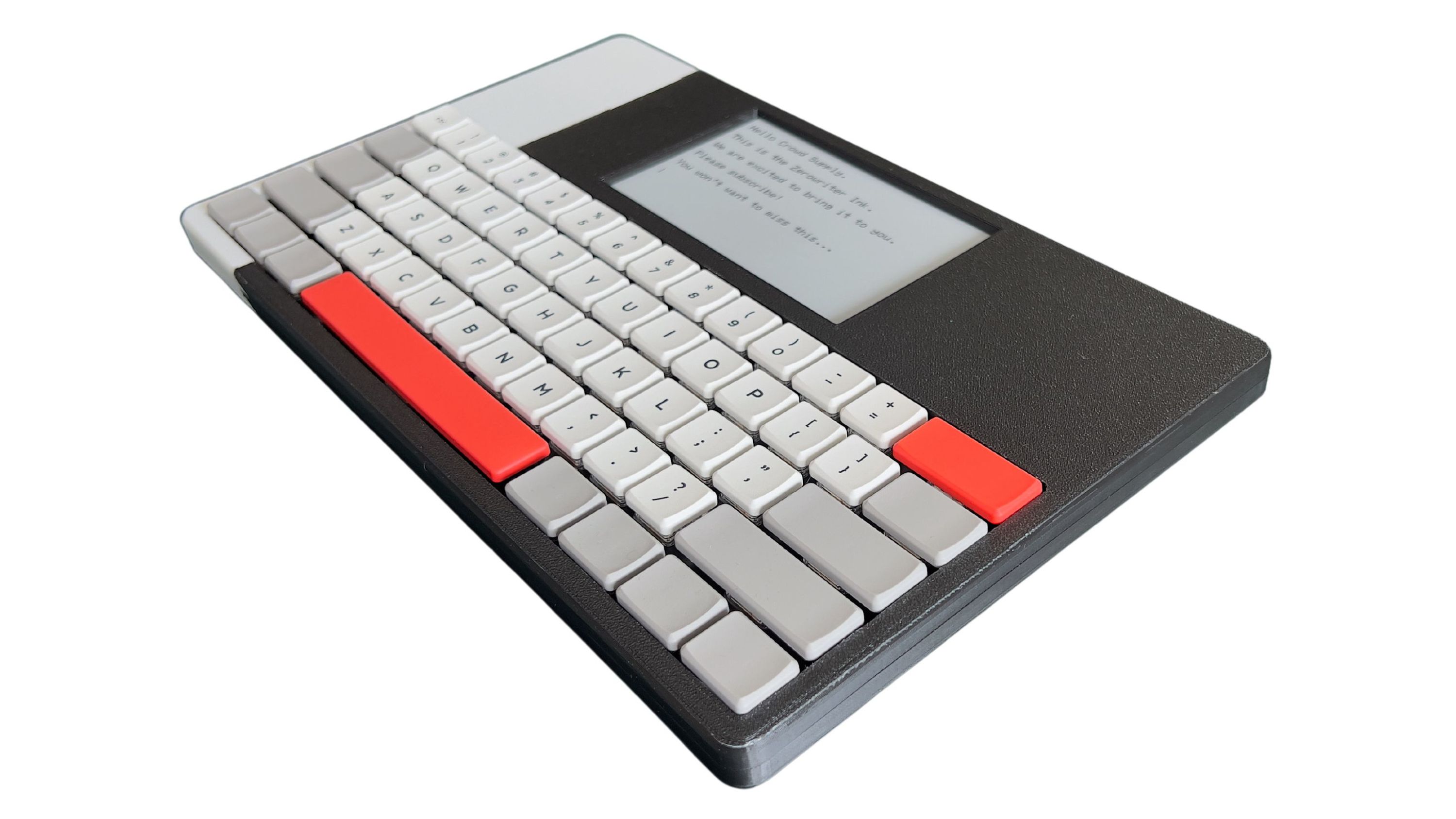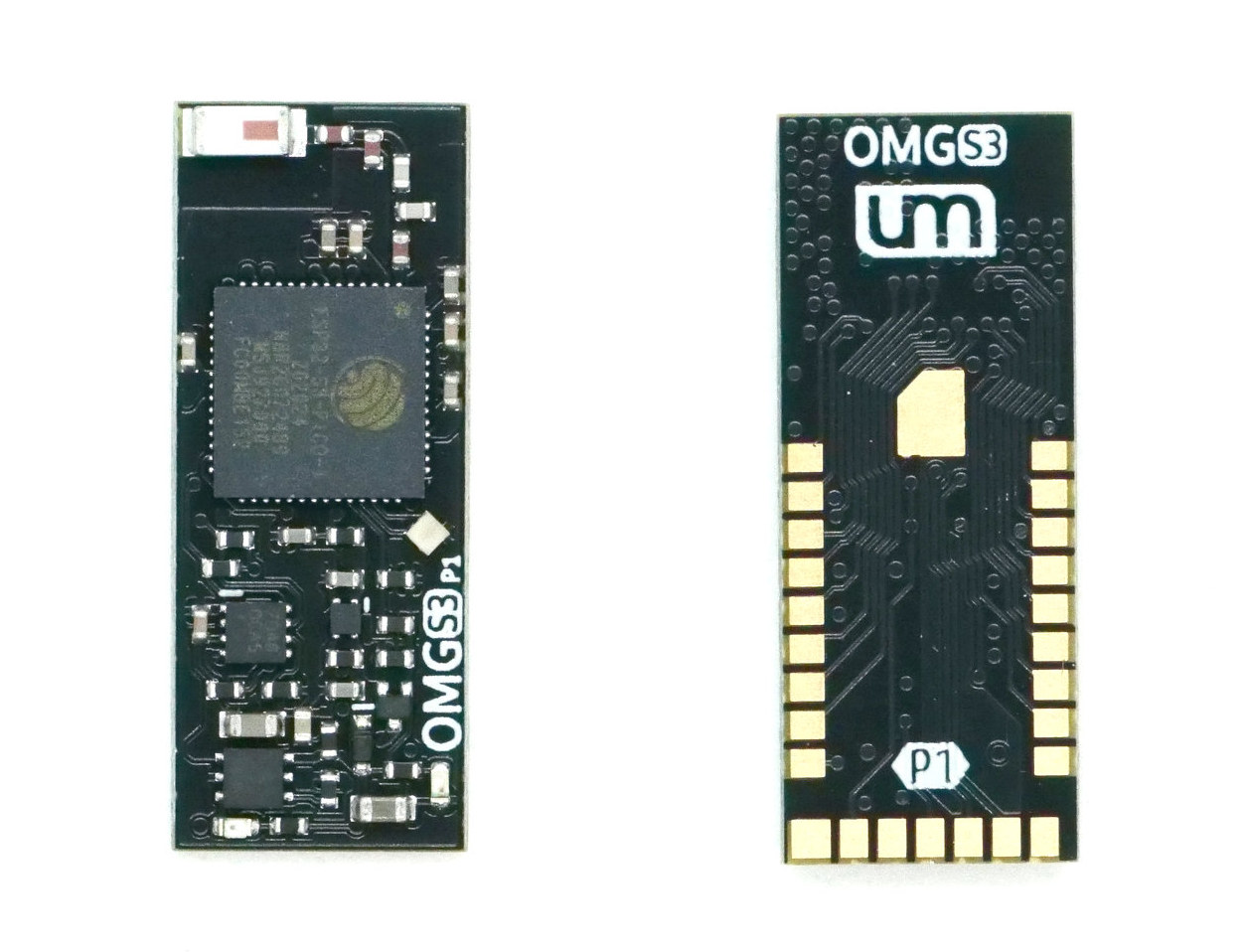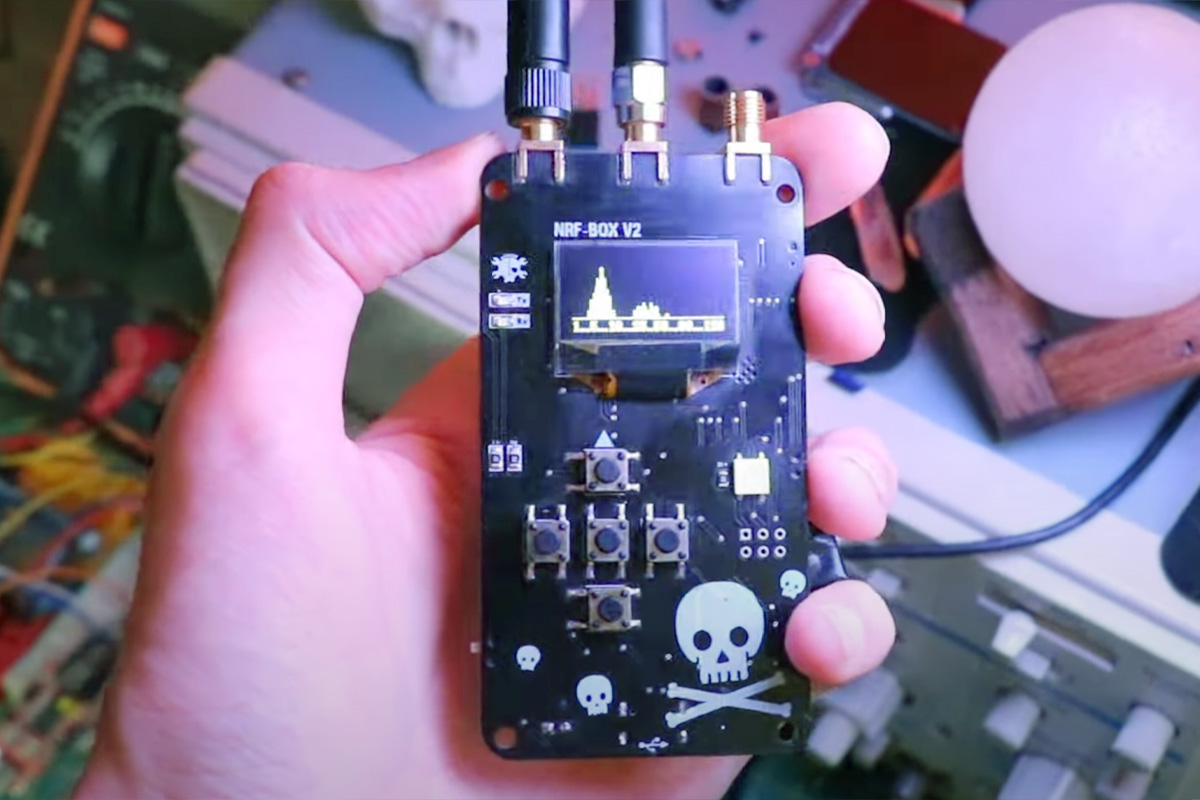M5Stack ATOMS3R and ATOMS3R Cam are two tiny devkits based on ESP32-S3-Pico system-in-package and a similar design but the first one features a 0.85-inch color color IPS display, while the other is equipped with a GC0308 VGA camera. Both modules measure just 24x24mm with a thickness of around 13mm, integrate BMM150 and BMI270 motion sensors, offer GPIO expansion through female headers and a grove connector, and feature an infrared transmitter and a USB Type-C port for power and programming. Those are the second devkits based on the ESP32-S3-Pico SiP after we covered the tiny OMGS3 module earlier this week. M5Stack ATOMS3R with display ATOMS3R specifications: SiP – Espressif ESP32-S3-PICO-1-N8R8 SoC ESP32-S3 dual-core Tensilica LX7 up to 240 MHz with 512KB SRAM, 16 KB RTC SRAM Wireless – WiFi 4 and Bluetooth 5 LE + Mesh Memory – 8MB QSPI PSRAM Storage – 8MB QSPI flash Display – 0.85-inch color IPS screen […]
LiteWing DIY ESP32 drone costs about $12 to make
Circuit Digest’s LiteWing is a low-cost DIY drone controlled by an ESP32 module, based on a custom PCB and off-the-shelf parts that costs around 1000 Rupees to make, or $12 at today’s exchange rate. The DIY ESP32 drone was designed as a low-cost alternative to more expensive DIY drones that typically cost close to $70. The result is a WiFi drone that fits in the palm and controlled over WiFi using a smartphone. Interestingly it does not include any 3D printed parts as the PCB forms the chassis of the device. DIY ESP32 drone key features and components Wireless module – ESP32-WROOM-32 for WiFi control using a smartphone. Storage – MicroSD card slot Sensors – MPU6050 IMU for stability control. Propulsion 4x 720 coreless motors 2x 55mm propeller type A(CW) 2x 55mm propeller type B(CCW) USB – 1x USB-C port for charging and programming (via CP2102N) Power Management 1300mAh Li-Ion […]
The SenseCAP Watcher is a voice-controlled, physical AI agent for LLM-based space monitoring (Crowdfunding)
Seeed Studio has launched a Kickstarter campaign for the SenseCAP Watcher, a physical AI agent capable of monitoring a space and taking actions based on events within that area. Described as the “world’s first Physical LLM Agent for Smarter Spaces,” the SenseCAP Watcher leverages onboard and cloud-based technologies to “bridge the gap between digital intelligence and physical applications.” The SenseCAP Watcher is powered by an ESP32-S3 microcontroller coupled with a Himax WiseEye2 HX6538 chip (Cortex-M55 and Ethos-U55 microNPU) for image and vector data processing. It builds on the Grove Vision AI V2 module and comes in a form factor about one-third the size of an iPhone. Onboard features include a camera, touchscreen, microphone, and speaker, supporting voice command recognition and multimodal sensor expansion. It runs the SenseCraft software suite which integrates on-device tinyML models with powerful large language models, either running on a remote cloud server or a local computer […]
Zerowriter Ink is an open-source, ESP32-S3-based e-paper word processor (Crowdfunding)
Zerowriter Ink is an e-paper word processor for writers interested in an open-source, distraction-free writing tool built around the ESP32-S3 wireless microcontroller. It features a customizable, mechanical keyboard with low-profile Kailh Choc switches and a second-edition Inkplate 5 e-paper display from Soldered Electronics. The Zerowriter Ink is a compact, dedicated writing tool that can be tossed in a backpack and taken on the road. It is designed as an open-source, customizable alternative to other portable word processors like the Alphasmart Neo and the Pomera DM30. It builds on the first ZeroWriter project but comes fully assembled. The keyboard is hot-swappable, with a US-English layout and printed legends. The onboard Inkplate 5 e-paper display is powered by an ESP32-S3 microcontroller with support for Wi-Fi 4 and BLE 4. It also comes with a 5,000mAh LiPo battery that can last for several weeks of daily use or a month of standby on […]
ESP32-S3-PICO-based OMGS3 is the world’s smallest fully-featured ESP32-S3 module/board
Based on the ESP32-S3-PICO system-in-package (SiP), Unexpected Maker OMGS3 is a small, yet full-featured ESP32-S3 module/board whose designer claims is the world’s smallest in its category at just 25x10mm in size. It replaces the earlier Unexpected Maker NanoS3 based on the ESP32-S3FN8 SoC measuring 28 x 11 mm. The OMGS3’s ESP32-S3-PICO SiP integrates a dual-core ESP32-S3 WiFi and BLE wireless SoC, 8MB QSPI flash, and 2MB QSPI PSRAM. The board itself also includes a 3D antenna, an RGB LED, two LEDs for power and charging, and I/Os are exposed through 26 solder pads. Unexpected Maker OMGS3 specifications: SiP – Espressif ESP32-S3-PICO SoC ESP32-S3 dual-core Tensilica LX7 up to 240 MHz with 512KB SRAM, 16 KB RTC SRAM Wireless – WiFi 4 and Bluetooth 5 LE + Mesh Memory – 2MB QSPI PSRAM Storage – 8MB QSPI flash Antenna – High-gain 3D antenna I/Os via 26x solder pads Up to 17x GPIO […]
The Epi C3 is a tiny ESP32-C3 development board with USB-C and an onboard antenna
The Epi C3 is a small development board based on the Espressif ESP32-C3 microcontroller with a USB-C connector for power and programming and an onboard ceramic antenna for wireless applications. We have previously covered several tiny ESP32-C3 development boards such as the Microflex series, ESP32-C3-0.42LCD, the XIAO ESP32C3, and LOLIN’s C3 Mini and C3 Pico. The Epi C3 claims the title of the “smallest ESP32 dev board with USB-C and an onboard antenna.” It uses a Johanson ceramic antenna with a “surprising range for its size” and the USB-C port is sunk into the board to reduce footprint. The ESP32-C3 microcontroller on the Epi C3 board is much more powerful than the 8-bit AVR chip on its predecessor, the Epi 32U4. The Epi C3, however, retains many of the older board’s protective features, including TVS diodes on the USB data lines and power input, a 500mA on the USB power […]
Mayhem v2 expansion for Flipper Zero adds Wi-Fi, BLE, camera, microSD card slot, and NRF24 or CC1101 radio support
Erwin Ried‘s Mayhem v2 is an all-in-one ESP32 and NRF24L01-based expansion board designed for Flipper Zero. This board adds Bluetooth and Wi-Fi through an ESP32-S module, features 2MP camera with flashlight, a microSD card slot, and support for either an NRF24L01 module (for sniffing and mousejacking) or a CC1101 module (for external radio communication). These features make this Flipper Zero add-on board useful for WiFi and Bluetooth penetration testing, motion detection, QR code reading, and as a nanny cam with remote access. Previously we have written about similar expansion boards like the Flipper Zero ESP8266 Deauther which adds de-authentication capabilities and the Flipper Add-On CANBus which can be used to sniff, send, and log CAN bus packets directly from the Flipper Zero. Feel free to check those out if you are interested in those tools. Mayhem v2 Flipper Zero add-on board specification Wireless Module – ESP32-S WiFi 802.11 b/g/n + […]
nRFBOX V2 ESP32 wireless hacking tool can scan, analyze, spoof, and jam the whole 2.4GHz spectrum
CiferTech has recently introduced the nRFBOX V2 ESP32-based wireless hacking tool designed for spectrum analysis, jamming, BLE device emulation, and more. The device is built around an ESP32-WROOM-32U module and includes an NRF24 module covering the whole 2.4GHz spectrum. Additionally, the device has a 0.96-inch OLED display, a five-way microswitch control pad, and a WS2812 RGB LED for feedback. The device can also be operated with a single 3.7V lithium battery, and that batter’s charging is handled by a TP4056 charging IC. All these features make this device useful for wireless security testing, educational environments, research, and hobbyist projects. Previously we have written about similar portable hacking tools like the DSTIKE Deauther Watch X, the HackBat pen-testing device, and the popular Flipper Zero wireless hacking tool. Feel free to check those out if you are looking for similar products. nRFBOX V2 specifications Microcontroller – ESP32-WROOM-32U with ESP32 dual-core wireless microcontroller […]


